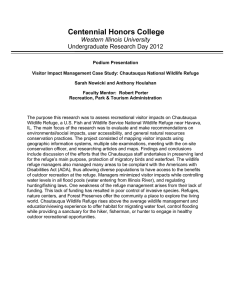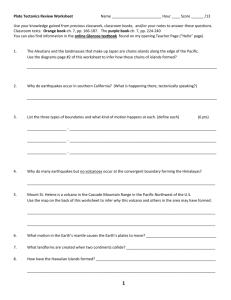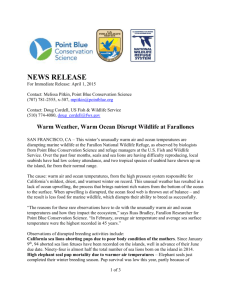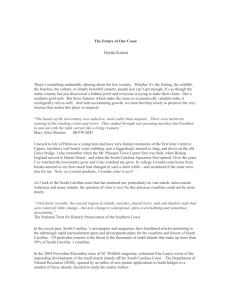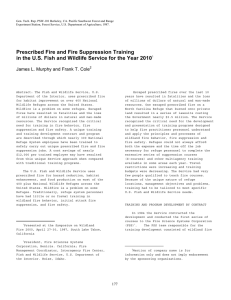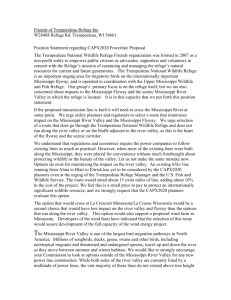Ten Thousand Islands NWR
advertisement
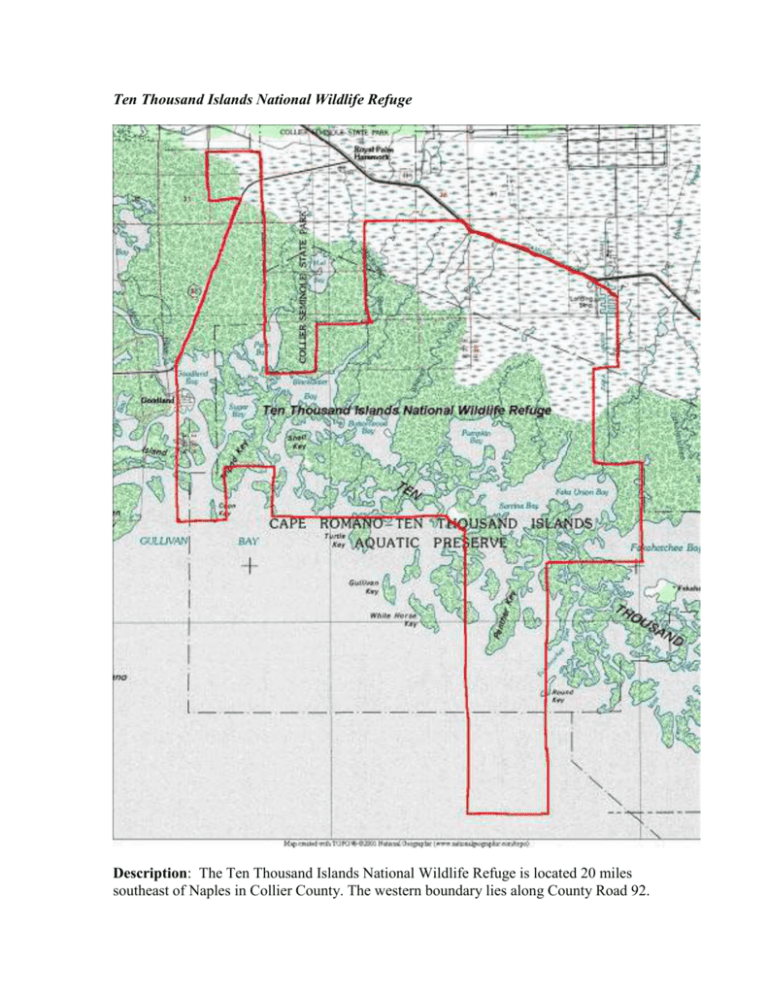
Ten Thousand Islands National Wildlife Refuge Description: The Ten Thousand Islands National Wildlife Refuge is located 20 miles southeast of Naples in Collier County. The western boundary lies along County Road 92. The Gulf of Mexico borders the southern boundary, and the eastern boundary lies just west of Everglades National Park, and FAKA Union Canal in the northern portion of that boundary. Approximately two thirds of the refuge’s 35,000 acres is mangrove forest, which dominates most tidal fringes and the numerous islands. The northern third of the refuge consists of brackish marsh and interspersed ponds, and small coastal hammocks. The estuaries are good for foraging shorebirds, and the marshes are good for both roosting and foraging. Accessibility is very difficult due to the very shallow water areas in the marsh and back bay areas, so an airboat would be the optimal mode of travel. Some airboat trails, which run in a north-south direction into the marsh, may exist and tend to remain wet. The U.S. Fish and Wildlife Service and the State of Florida jointly manage anything below mean high water level. The State of Florida manages the outer islands, and the state and federal governments jointly own other islands. A few years ago Terry Doyle did an ISS survey in the spring, but he was disappointed by numbers and only sampled a small area due to limited accessibility. According to Mr. Doyle, the most numerous species present are BBPL, SEPL, RUTU, DUNL, SBDO along the coast and GRYE, LEYE, LESA inland in the marsh habitats. He suspects that there may be inaccessible areas with high shorebird usage. Ted Below of Audubon of Florida has surveyed parts of the refuge. Survey Method: The coastal islands and sand bars that are good for roosting birds can be surveyed by boat at high tide. The back bays must be surveyed using an airboat at low tides while the shorebirds are feeding. Distant shorebirds are likely visible with a spotting scope. Selection Bias: Much of the refuge is difficult to access and contains potential Type 1 habitat. Measurement error: * Measurement bias: * Pilot Studies: Aerial Surveys of the refuge are needed to determine additional staging areas and type 1 and 2 habitat. Local Contacts: Terry Doyle, Wildlife Biologist, Ten Thousand Islands NWR Ted Below, Audubon of Florida

